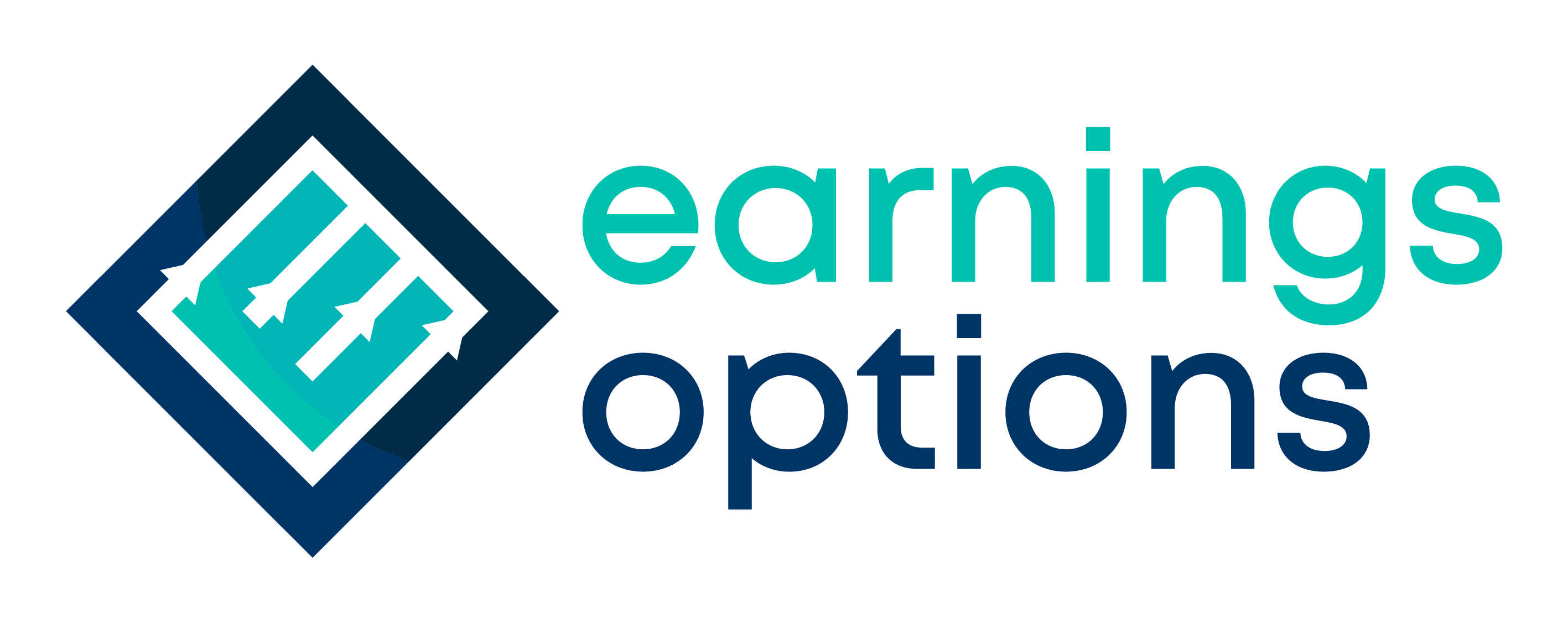In the modern financial world, a checking account is virtually indispensable. It serves as the hub for your daily financial activities, facilitating transactions such as deposits, withdrawals, and bill payments. However, not all checking accounts are created equal. There is a wide variety of checking accounts available, each designed to suit different banking needs and preferences. Understanding the nuances of these different types is crucial in making an informed decision that aligns with your financial goals. This comprehensive guide will delve into the various types of checking accounts, helping you navigate through your options and choose the one that best suits your needs.
- Standard Checking Account The standard checking account is the most basic and common type. It offers essential banking services, including check writing, debit card transactions, and direct deposits. While they are straightforward and user-friendly, they typically come with monthly maintenance fees, minimum balance requirements, and other associated costs. However, these fees can sometimes be waived by meeting certain criteria such as maintaining a minimum balance or setting up direct deposits.
- Online Checking Account As the world shifts towards digitalization, online checking accounts have gained popularity. These accounts are primarily operated via the internet, offering convenience and accessibility. They usually provide higher interest rates and lower fees compared to traditional accounts, due to the reduced overhead costs of online banks. The downside is the potential lack of physical branches, which could be a drawback for those who prefer in-person banking.
- Interest-Bearing Checking Account An interest-bearing checking account combines the features of a standard checking account with the added benefit of earning interest on your balance. The interest rates are generally lower than savings accounts, but it provides the convenience of easy access to your funds. Be mindful of potential higher fees and minimum balance requirements, as these accounts tend to be more costly to maintain.
- Student Checking Account Designed specifically for students, these accounts offer features tailored to the needs of young adults in education. They typically come with no or low fees, minimal balance requirements, and perks such as free checks or debit cards. Proof of enrollment is usually required to open a student checking account.
- Senior Checking Account Senior checking accounts cater to individuals typically 55 years and older. These accounts may offer benefits like free checks, lower fees, and higher interest on balances. Some banks also provide additional perks such as discounts on safe deposit boxes or free financial advising sessions for seniors.
- Business Checking Account Business checking accounts are designed for business owners, providing tools and features necessary for managing business finances. They allow for a higher number of transactions and cash deposits, and often come with additional services such as merchant services and payroll. However, they also tend to have higher fees and minimum balance requirements compared to personal accounts.
- Joint Checking Account A joint checking account is shared by two or more individuals, typically family members or partners. All account holders have equal access to the funds and are equally responsible for any overdrafts or fees. This type of account is beneficial for managing shared expenses such as rent, utilities, or groceries.
- Rewards Checking Account Rewards checking accounts offer incentives for customers to use their debit cards, set up direct deposits, or maintain a certain account balance. Rewards can come in various forms, including cash back, points, or interest rate bonuses. However, they often require meeting specific criteria to earn the rewards, and failing to do so could result in fees or loss of benefits.
- Second Chance Checking Account For individuals with a troubled banking history, a second chance checking account offers a lifeline to re-establish a positive banking relationship. These accounts may come with limitations such as no check writing or higher fees but provide an opportunity to rebuild financial credibility. Successfully managing a second chance checking account can lead to eligibility for a standard account in the future.
- High-Yield Checking Account A high-yield checking account offers significantly higher interest rates compared to standard checking accounts, allowing your balance to grow more quickly. However, they often come with strict criteria such as a high minimum balance, monthly direct deposits, or a certain number of debit card transactions each month. Failing to meet these requirements could result in lower interest rates or additional fees.
Conclusion: Choosing the right checking account is a pivotal decision in managing your personal finances. It requires a careful evaluation of your banking habits, financial goals, and the benefits and fees associated with each type of account. Whether you prioritize convenience, low fees, rewards, or interest earnings, there is a checking account type that aligns with your needs. By understanding the diverse options available, you can make an informed decision and select an account that facilitates your financial journey, providing a solid foundation for your economic wellbeing.

